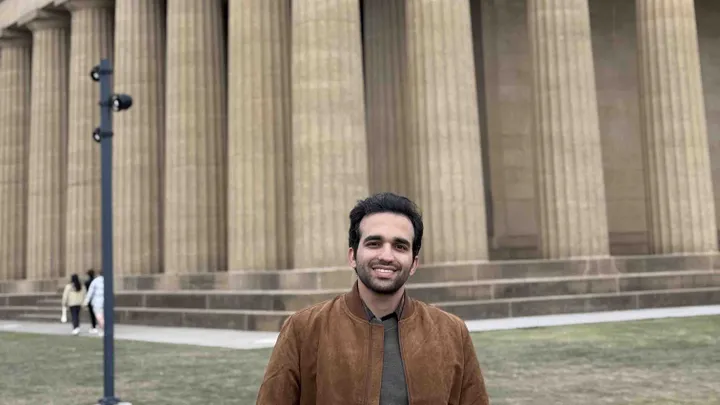The Education Policy Center at The University of Alabama is embarking on a statewide study to determine the return on investments for four-year public institutions.
The study observes state appropriations to determine the economic and social impact within different regions of the state, looking specifically at each dollar spent on a per-student basis. The study results will be used to lobby for state funding for higher education in the spring.
“We’re trying to capture per-capita income and GDP growth based on the type of degrees people are getting and where they’re going after they graduate, how long it takes them to graduate and the amount of money they have to spend to graduate,” said Jonathan Koh, a doctoral candidate who is coordinating the project.
Essentially, the team is looking to tell the story of how higher education impacts the state and why funding is necessary for these institutions.
“When we invest in our public universities, we’re investing in one of the most critical components of building Alabama’s economy,” said Gordon Stone, the executive director of Higher Education Partnership of Alabama.
Data will be localized to the eight metropolitan statistical areas where each school is located: North East, North West, Huntsville, Birmingham, Montgomery, South East, South West and South Central. The University of Alabama and Auburn University will be studied by their statewide returns.
In the past, most schools have done individual return on investment studies for their specific institution, whereas this study will be conducted statewide, assessing all 14 public four-year institutions per-dollar.
“The ability to collectively advocate presents a stronger voice to make the case for higher education in the state,” Stephen Katsinas, director of the Education Policy Center, said. “We are still including institutional annual reports in our research and will have that viable information included in the respected regional analysis sections.”
The University of Alabama Education Policy Center was contacted by the Higher Education Partnership of Alabama and College and University Government Affairs Representatives in August to head this study.
Koh is working with a team of methodologists and researchers from outside of Alabama to gather and analyze the data. They have been working on research for three months and hope to have most of the study’s writing done by the end of February.
Stone said he wants to educate the public on how important four-year public universities are for job creation and the economic climate.
“Higher pay scale jobs are dependent on knowledge-based workforce,” he said. “The institutions I represent, the four-year schools are certainly the greatest contributor to making those kind of job opportunities a reality.”
Support from The University of Alabama made it possible for the team to work together.
“In the long term, we know that we can grow the economy of this state if we produce more knowledge based jobs,” Stone said.








